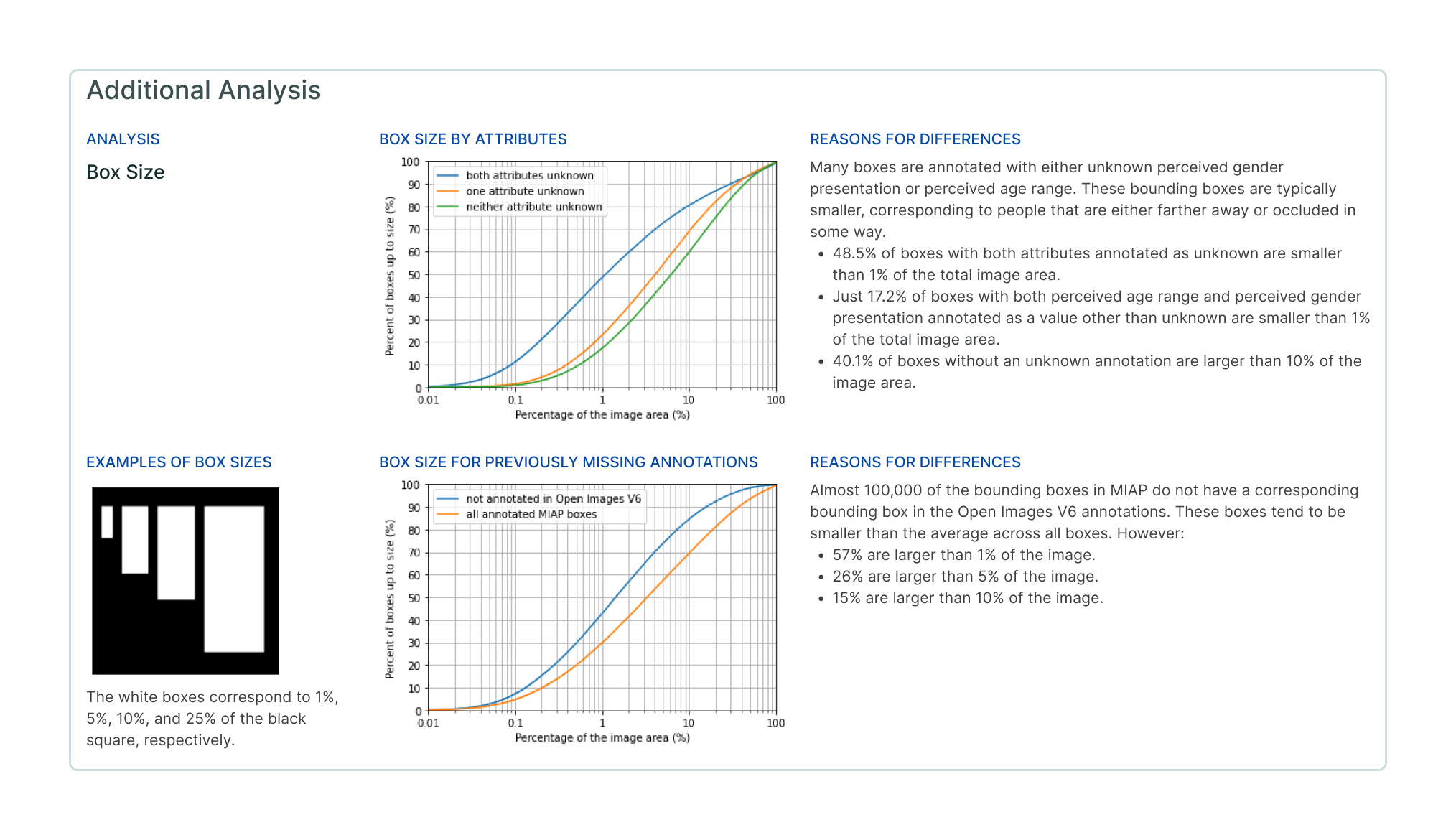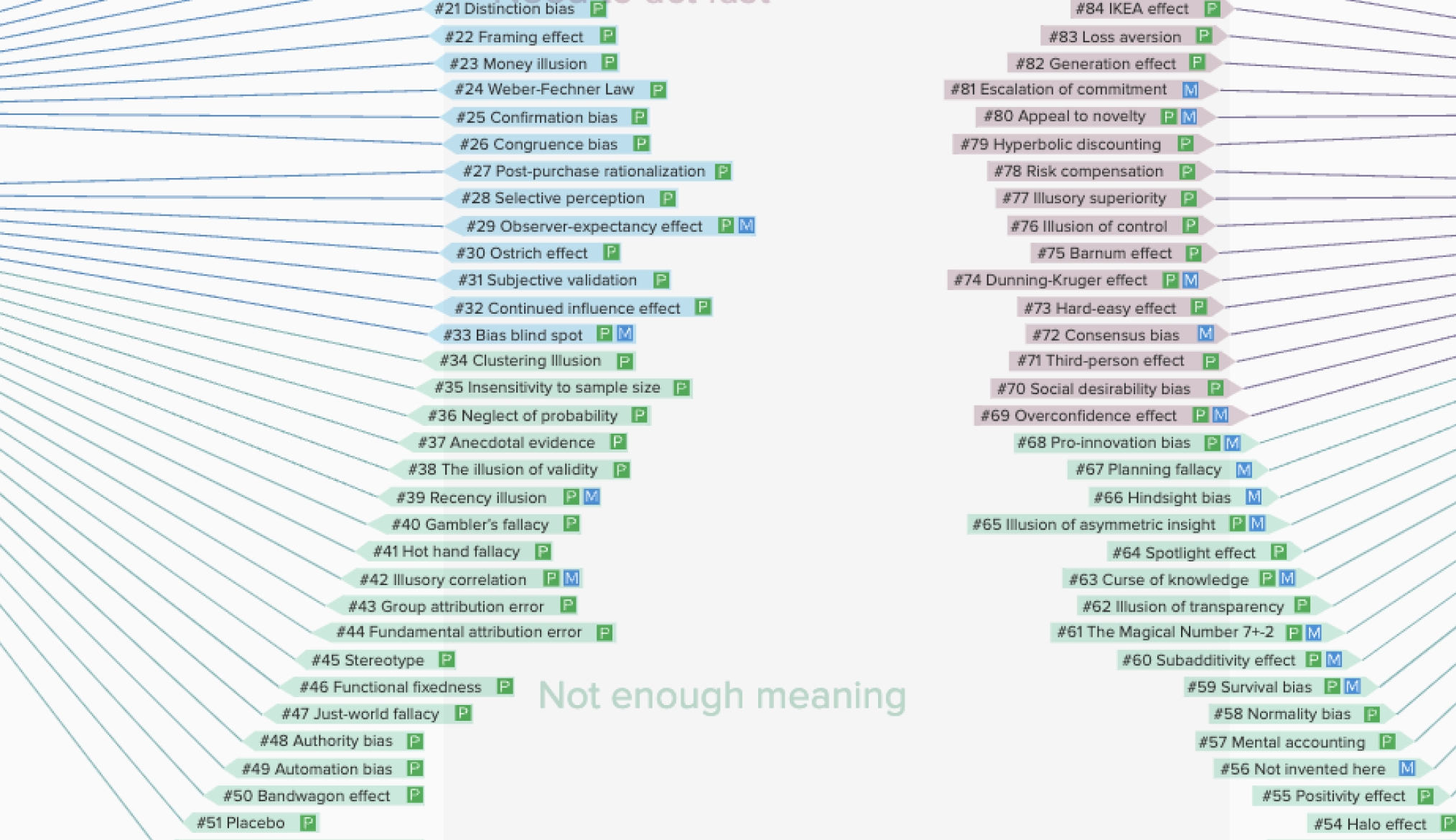Sometimes, you may need to add information that is not explicitly asked for in the Data Card template that you’re using.
This information can be easily added as background context or evidence to relevant answers, or as a link that encourages readers to engage with additional documentation. However, if this information is needed to understand multiple sections in the Data Card, appending it to the Data Card can create a more seamless experience for readers.
Maintain consistency in structure and tone when adding new sections to Data Cards.
Readers who frequently use Data Cards are likely to know where to scan and how to navigate the Data Card to find what they are looking for. When appending new sections to a Data Card, it’s important that these continue to follow the existing style and structure of the Data Card.
Avoid breaking the reader’s flow by reinforcing established mental models where available and framing new sections at optimal levels of abstraction. Consider where in the Data Card, this new information might be introduced such that its relationship or importance vis-a-vis other parts of the data card are appropriately emphasized.
Use language, tone, and fidelity in your answers that are similar to the rest of your card. This includes introducing the necessary hierarchical cues to preserve the integrity of the data card.

Don't disregard the impact of a reader's experience with similar datasets.
While the goal of the Data Card is to help people extract accurate information for their decisions, full access to information does not necessarily yield responsible decisions. This is because even with all the information available, we tend to make decisions based on our experiences – which manifest as cognitive biases. For example, a reader could assume they already know the answer because they worked with a similar dataset or take shortcuts prompted by buzzwords in the content of your Data Card.
When providing external references or citing examples that are extrinsic to your dataset, be careful of the decoy effect – where people tend to favor the choice for which a similar but slightly inferior alternative has been provided.
